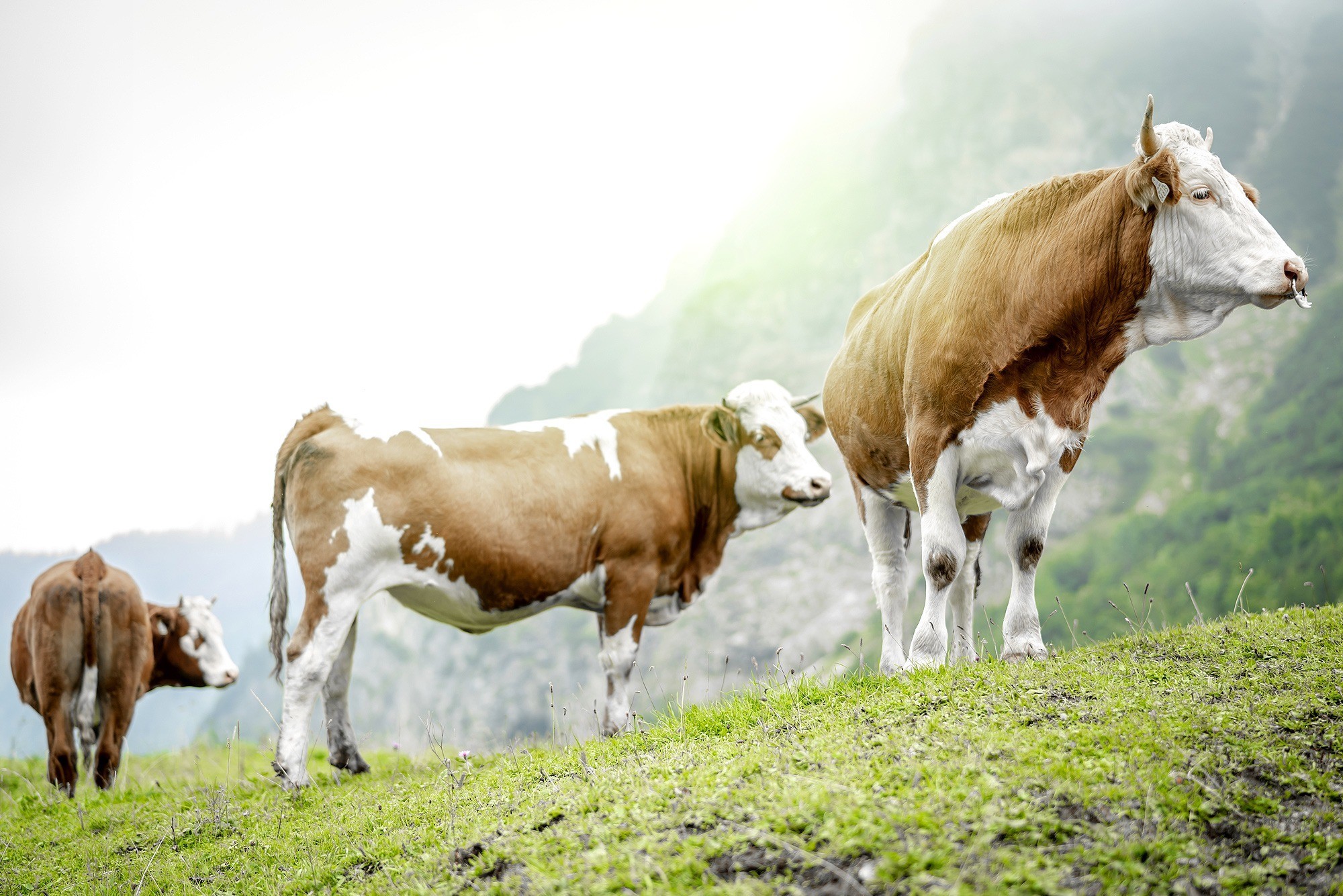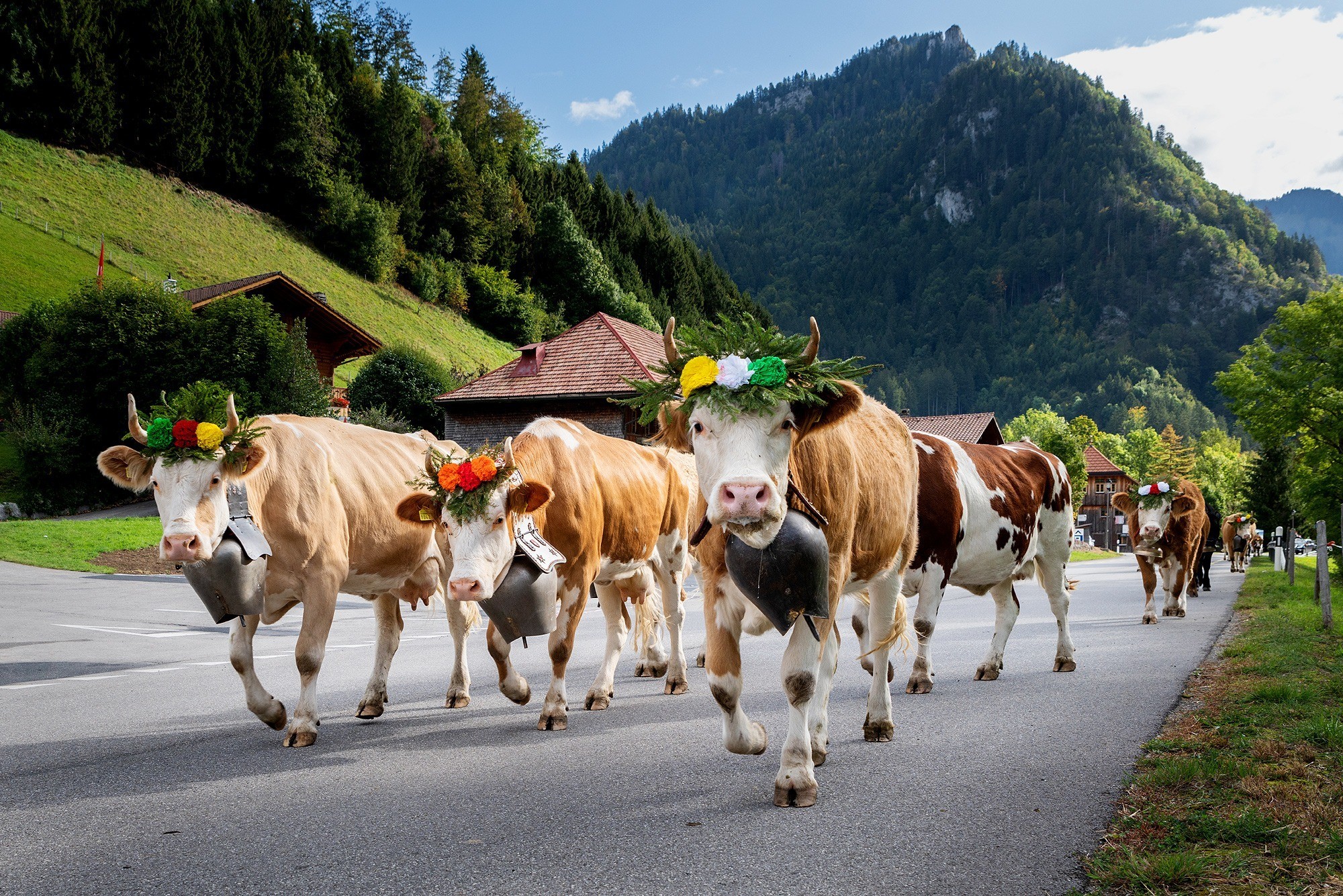

If you have sold four quarters of beef, there is still a considerable amount left: The cowhide, horns and other by-products comprise the “fifth” quarter.
The hide of my beef cattle accounts for roughly 8% of the total weight. So what could I do with it?! Refine and process it? Or discard and destroy it…
I am delighted that the livestock hides are used to make high-quality leather that people can benefit from for decades, for example in the form of sturdy hiking boots.
The destruction of living, cultivated resources would never be an option for me and would also represent significant environmental contamination. Replacement materials, in the worst case plastic, would have to be produced instead of leather. This would consume water, raw materials, additional energy and introduce numerous chemicals into the natural environment.
So for as long as livestock roam our mountain pastures, respectful recycling of the entire animal and environmentally-friendly leather production must also take place.
In addition: The number of organic cattle farms in the alpine region is significantly higher than in the lowlands.
This is the only world we have, which is why we do everything we can to preserve human health and the natural environment: this of course includes ensuring that Perwanger leathers contain no harmful substances.
We are proud to have been awarded the strict OEKO-TEX® LEATHER STANDARD environmental certificate for our high-performance leathers.